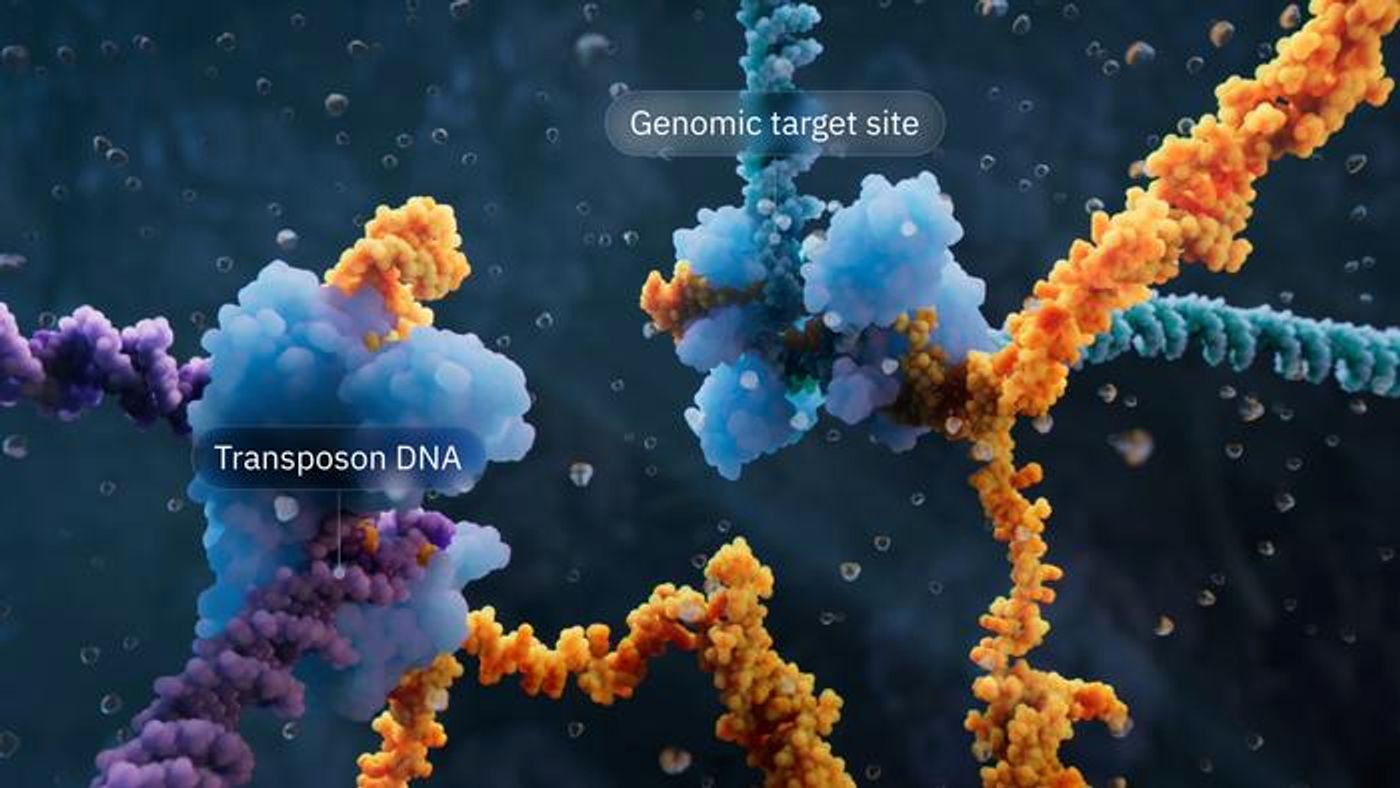A New Kind of Genome Design Has Been Created
In the past decade or so, biomedical technology has been revolutionized by a gene editing technique known as CRISPR, which uses a guide RNA molecule to direct a DNA-cutting enzyme to a specific location in the genome where a cut is made. This tool has been improved and modified in a number of ways, and has now even been applied to humans in the clinic. Now scientists have developed a new gene editing tool that can rearrange and recombine different portions of bacterial DNA in a specific, directed way. In this study, scientists identified a DNA recombinase enzyme that can be directed to a target sequence in Escherichia coli with a non-coding RNA molecule. This 'bridge technique' allows researchers to select a target sequence in a bacterial genome, and insert any DNA of interest. This technique has been reported in Nature, and may eventually be applicable to mammalian cells.
"The bridge RNA system is a fundamentally new mechanism for biological programming," said senior study author Patrick D. Hsu, an Arc Institute Core Investigator and UC Berkeley (UCB) Assistant Professor. "Bridge recombination can universally modify genetic material through sequence-specific insertion, excision, inversion, and more, enabling a word processor for the living genome beyond CRISPR."
This method uses a type of 'jumping gene' or transposon called insertion sequence 110 (IS110) elements, which can cut and paste themselves around microbial genomes. The IS110 elements are small, and only carry a recombinase enzyme, and flanking sequences.
When IS110 removes itself from a genome, the resulting non-coding DNA molecule joins together at the ends to make an RNA molecule, or bridge RNA that folds into loops. One loop is attached to the element, while another loop attaches to the target DNA. This is the first example of a bispecific guide molecule that can encode both the target and donor sequences with base-pair interactions.
Researchers can program each end of the loop, so targets and donor sequences of interest can be combined in various ways. The researchers showed that they could insert sequences in the right place 94 percent of the time, with the right sequence being inserted in that proper place 60 percent of the time, into the E. coli genome.
Another study reported in Nature has deciphered the molecular structures of the recombinase enzyme-RNA bridge complex.
The researchers are hopeful that this technology could open up new avenues to modify genomes, and with further adaptations, it could be modified for use in mammalian cells. This technology also creates a new genomic sequence without creating DNA fragments, which is one challenge that remains with current systems.
“The bridge recombination mechanism solves some of the most fundamental challenges facing other methods of genome editing,” said co-first study author Matthew Durrant of UCB. “The ability to 'programmably' rearrange any two DNA molecules opens the door to breakthroughs in genome design.”
Sources: Arc Institute, Durrant et al Nature 2024, Hiraizumi et al Nature 2024









